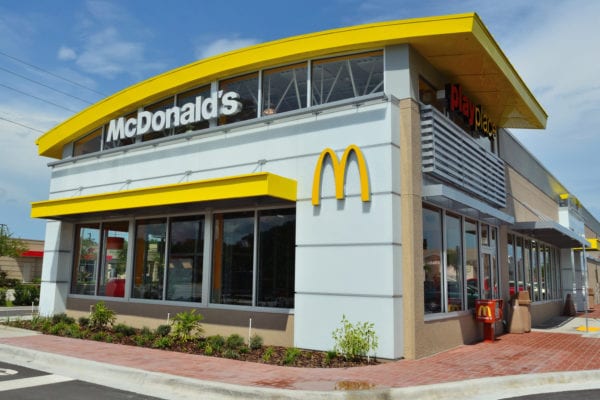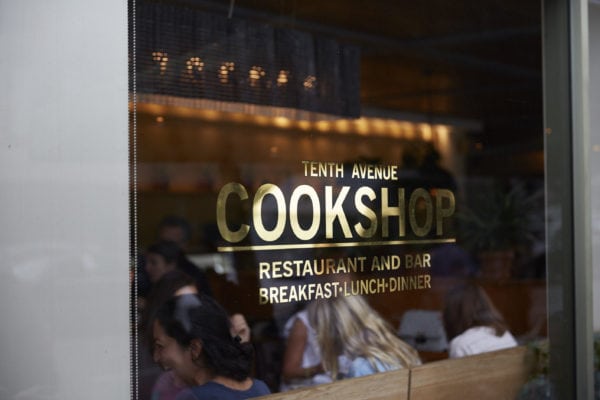Skift Take
In a country that some call over-restauranted, emerging markets overseas are the new frontier for U.S.-based chains.
— Kristen Hawley
Restaurant sales and traffic in the U.S. have been sputtering for the past couple of years. While the overall number of stateside restaurant units dropped in the year ended September 2016, according to The NPD Group, chains saw their unit counts rise, despite reduced demand. Many chains are looking to emerging markets overseas to realize higher growth rates than back home. But these international destinations may not be the ones you expect.
Look beyond China to India
China is the whale of the Asian restaurant market, with big U.S. chains established there for decades. But the more exciting story is India. The country has a population of more than 1 billion people and a rapidly growing middle class. The Indian restaurant market is expected to grow at a rate of 15 percent in the future, according to Ernst & Young.
In 2001, Subway opened its first location in India, in New Delhi. This March, it reached 600 units in the country, in cities ranging from Ahmadabad and Kolkata to Chennai and Hyderabad.
Keys to Subway’s success are partnering with local franchisees, adjusting menus to reflect market preferences (no beef and vegetarian menus), and support from the parent corporation.
“The Subway brand works hard to make it easy for entrepreneurs worldwide to open and operate their own business through our franchise model,” said Don Fertman, chief development officer, in a statement about global franchising in March 2014. “We provide initial and ongoing training for our franchisees, regional and country offices to provide support.”
Domino’s is even bigger than Subway in India, with more than 800 units, making it the country’s largest international chain. The company says its India operations are the fastest growing in its entire global system.
Like Subway, it succeeded by striking a balance between Indian and Western flavors. On its website, Domino’s says it uses chicken pepperoni instead of beef to respect the Hindu traditions of many of its customers.
Middle East: Developed, but growing
Many popular countries in the Middle East for American restaurants – United Arab Emirates, Kuwait, Qatar – are developed economies growing more slowly than emerging markets. But they’re still desirable because of affluent consumers who hunger for Western brands. The UAE’s GDP per capita was more than $40,000 in 2016, compared with under $2,000 in India, according to the IMF.
Chains that scream Americana and high-end chefs are natural fits in these three countries. New York-based Shake Shack is growing around the globe, and its first international location was in Dubai, at the glitzy Mall of the Emirates. Today it has 12 locations in UAE, as well as one in Bahrain, one in Oman, four in Qatar, seven in Saudi Arabia and eight in Kuwait.
Consumers in the Middle East have taken to Shake Shack’s retro roadstand atmosphere and menu of burgers, fries and shakes, but success should also be attributed to working with the sophisticated franchisee M.H. Alshaya, which is responsible for bringing many Western restaurant and retail brands to the region.
Thomas Keller runs fine-dining restaurants in the States, but he has chosen to open the first outlets of his Bouchon Bakery chain in Dubai, Qatar and Kuwait, again with M.H. Alshaya as the franchisee.
Brazil booms, with smaller markets poised to grow
Sbarro may have lost its luster in the U.S., but it’s making a big push overseas, with more than half of its locations now outside the States. The chain has a significant foothold in Brazil, where it plans to open 80 restaurants over the next 10 years. It already has 15 locations in the country.
While Brazil’s real GDP growth is expected to be flat this year, according to the IMF, it is the most populous country in South America, with more than 206 million residents. Its large size makes it attractive to companies seeking international growth.
Applebee’s debuted in Brazil in 2005. While its brand of Americana has faced stiff headwinds in the U.S., it has a strong presence in Brazil, its second largest market in Latin America, and Mexico, its largest Latin American market. After establishing itself in the region from these two footholds, it is expanding into Chile, Ecuador and Panama.
Johnny Rockets is making strides overseas and expects Central and South America to be its biggest international market. The chain debuted in Brazil in 2014, its 100th location outside the U.S., and already has development agreements in most of the region.



